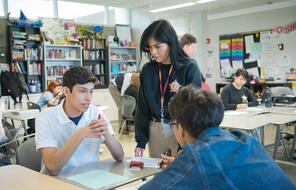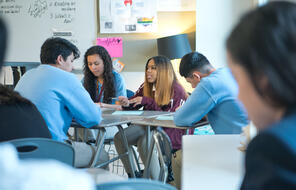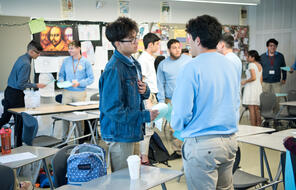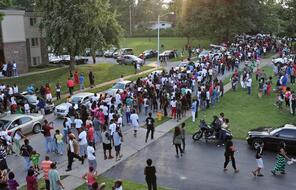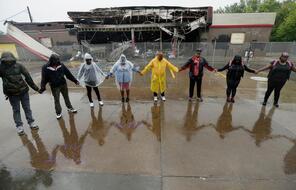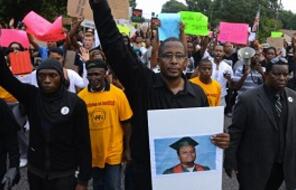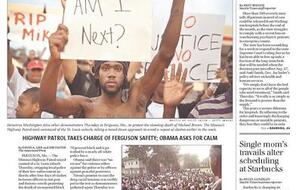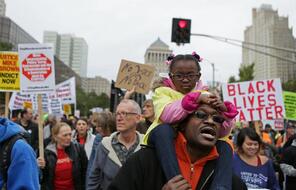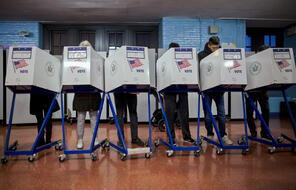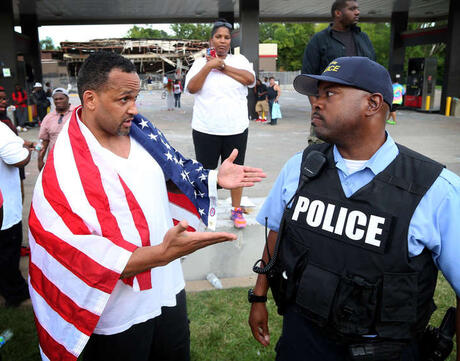
Facing Ferguson: News Literacy in a Digital Age
Resources
11Duration
Multiple weeksSubject
- Civics & Citizenship
- History
- Social Studies
Grade
9–12Language
English — USPublished
Overview
About This Unit
On the afternoon of August 9, 2014, Michael Brown, an unarmed black teenager, was shot to death in a confrontation with Darren Wilson, a white police officer in Ferguson, MO. Within a week, the shooting became a flashpoint for a national discussion about race, policing, and justice in the United States.
Using Ferguson as a case study, students will explore the media coverage and the protests that followed—driven to a large degree by social media—and learn to become informed and effective civic participants in today’s digital landscape.
Preparing to Teach
A Note to Teachers
Before you teach this lesson, please review the following guidance to tailor this lesson to your students’ contexts and needs.
Lesson Plans
Special Thanks
This unit was created in partnership with the News Literacy Project.
The News Literacy Project is a nonpartisan education nonprofit building a national movement to create a more news-literate America. NLP is the nation’s leading provider of news literacy education.
Unlimited Access to Learning. More Added Every Month.
Facing History & Ourselves is designed for educators who want to help students explore identity, think critically, grow emotionally, act ethically, and participate in civic life. It’s hard work, so we’ve developed some go-to professional learning opportunities to help you along the way.
Exploring ELA Text Selection with Julia Torres
On-Demand

Working for Justice, Equity and Civic Agency in Our Schools: A Conversation with Clint Smith
On-Demand

Centering Student Voices to Build Community and Agency
On-Demand


